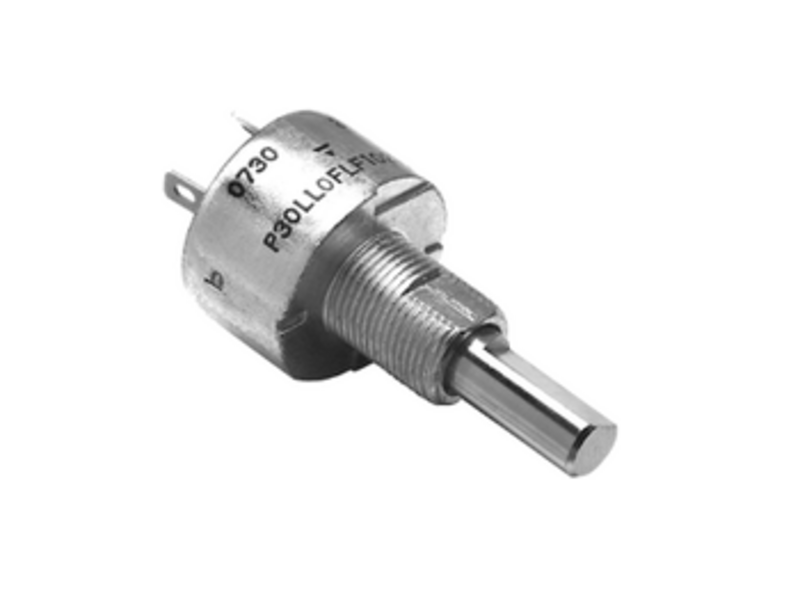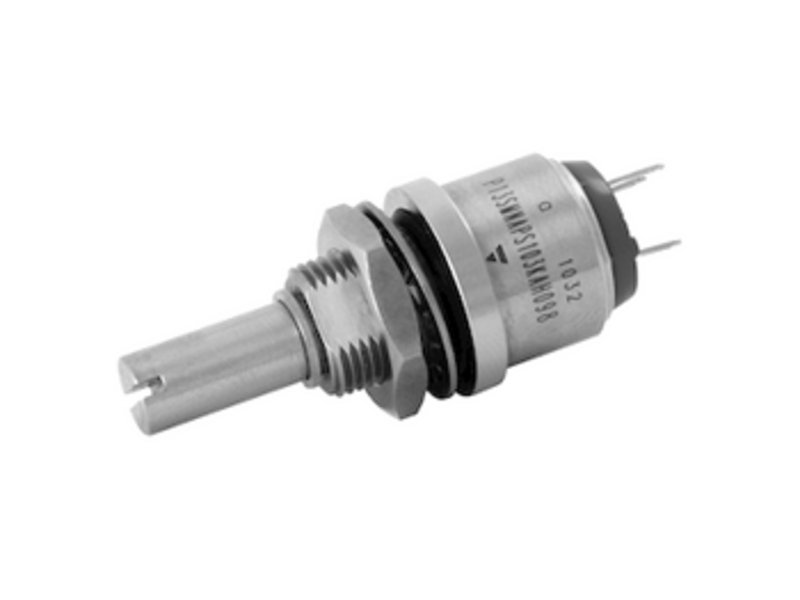Resistors are the most common passive electrical components. A resistor resists or limits the flow of electric current in a circuit. There are many uses for resistors: they are used to drop voltage, limit current, attenuate signals, act as heaters, act as fuses, furnish electrical loads and divide voltages.
Linear resistors
Fixed Resistor Technologies
Wirewound (Surface-Mount / Leaded)
Wirewound resistors are made from winding a metal wire on an insulating form, such as a ceramic, plastic, or fiberglass core to the desired resistance value. The wire ends are pressed or brazed to the caps. The outstanding characteristic of this type of resistor is the very high surface temperature, which make them capable for high power dissipation in relation to its size.
Metal Strip / Metal Element (Surface-Mount / Leaded)
These resistors are constructed by using a solid metal alloy which is welded to copper terminals. The resistive element can be trimmed to a requested resistance value by increasing the current path. Finally the resistor body is encapsulated and the terminals plated for solderable connection. Metal Strip resistors are characterized by very low resistance values, tight resistance tolerance, low temperature coefficient (TCR) and low thermal EMF. Metal Strip resistors are commonly used as shunt resistors.
Film (Surface-Mount / Leaded)
Film resistors in general are characterized by a resistive layer on a cylindrical ceramic base. Metal film resistors are often produced by sputtering, while thick film resistors are manufactured using printing processes. Once the terminations are attached, the resistor is trimmed to its final value, mainly by lasers. A final lacquer coat is applied to protect the component from mechanical and climatic stresses. The termination can be leaded or plated . Commonly the resistance value is then marked using the familiar color rings or stamped on in plain text. Film resistors can be used essentially anywhere in the area of low power electronics.
Metal Film (Leaded/MELF)
Cylindrical resistors made by depositing a homogenous resistive element made of a thin conducting film of a metal or metal alloy, such as nichrome, onto a cylindrical ceramic or glass core. The resistance is controlled by cutting a helical groove through the conducting film. Metal film resistors possess very good noise characteristics and low non-linearity. Parameters such as tolerance, temperature coefficient, and stability are excellent. Metal film resistors are available as leaded kinds for through hole mounting and as MELF style SMD devices.
Metal Oxide (Leaded)
A type of cylindrical resistor that uses materials such as ruthenium oxide or tin oxide as the resistive element. These resistors can be excellent high-voltage or high-power devices.
Thick Film (Surface-Mount Chip Resistors/Chip Arrays/Networks)
Surface-mount film chip resistor that carries high power for the part size. For thick film resistors, the ruthenium oxide “film” is applied using traditional screen-printing technology of resistive paste. The final resistive value is reached by laser trimming. Thick film resistors are the high volume resistor component for general purpose use in any electronic application in all industrial segments.
Thin Film (Surface-Mount Chip Resistors/Chip Arrays/Networks)
Surface-mount film chip resistor with a relatively thin resistive element, technically very close related to the cylindrical metal film resistors. Thin film resistors are made by sputtering (vacuum deposition) a resistive material, such as nichrome or tantalum nitride, onto the surface of a substrate. The final resistive value is reached by laser trimming.
Carbon Film (Leaded/MELF)
A general class description for cylindrical resistors made by depositing a carbon film on the surface of a center core insulator. The resistance is controlled by cutting a helical groove through the conducting film.
Metal Foil (Surface Mount / Leaded)
A type of resistor made from photo fabricatinga homogeneous metal in a specific pattern onto a ceramic substrate with high heat conductivity. The unique combination of materials and construction results in a product with unmatched performance characteristics as low temperature coefficient, low thermoelectrical potential difference with reference to copper, and high long-term stability and high reliability.
Composition (Leaded)
With composition resistors, the entire body of the resistor acts as the resistance element. The resistor composition based on carbon or ceramics is pressed together with the termination wires and hardened. Since there is no trimming, the tolerances on delivery are relatively high. The advantages of the composition resistor are its very good high-frequency characteristics and the high capability to overload relative to the component size.
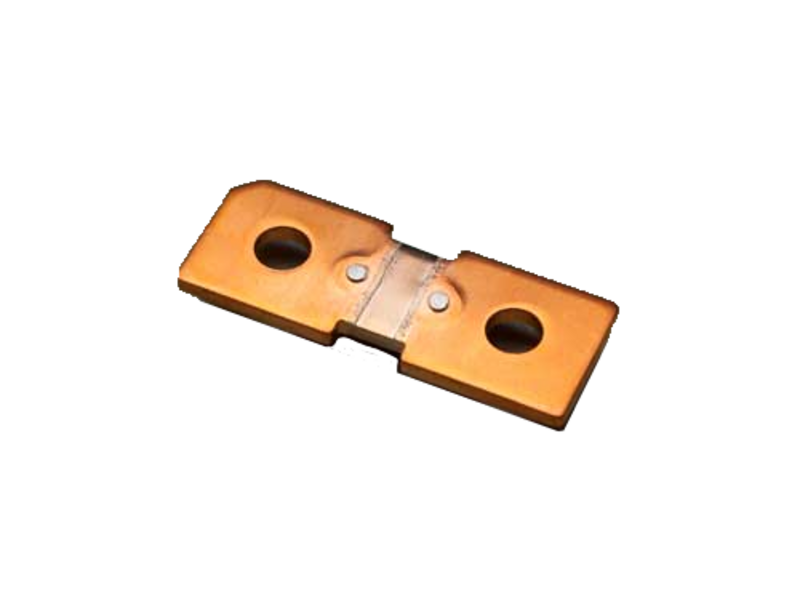
Shunt Resistor
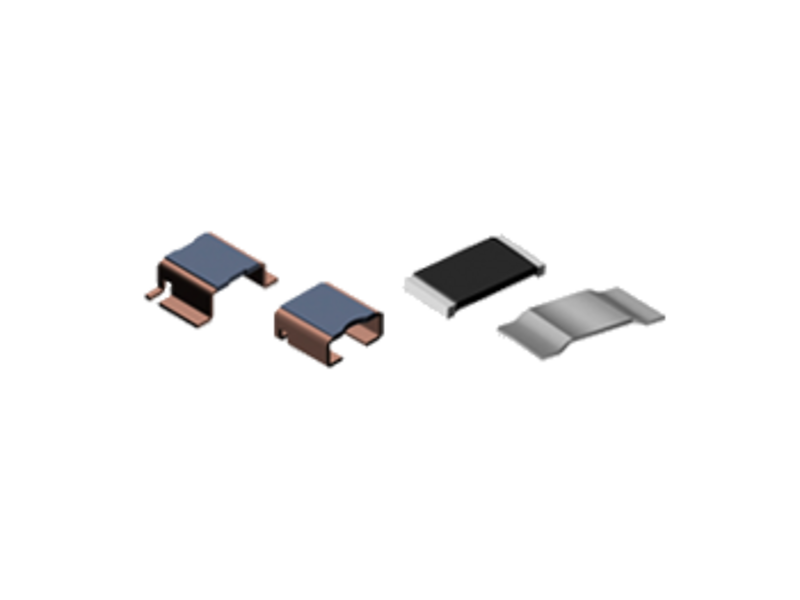
Shunt Resistors
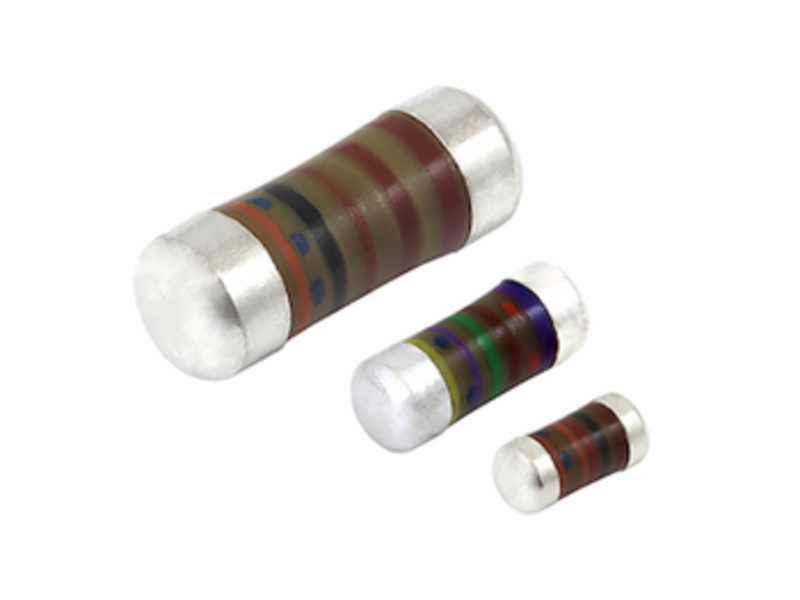
MELF Resistors
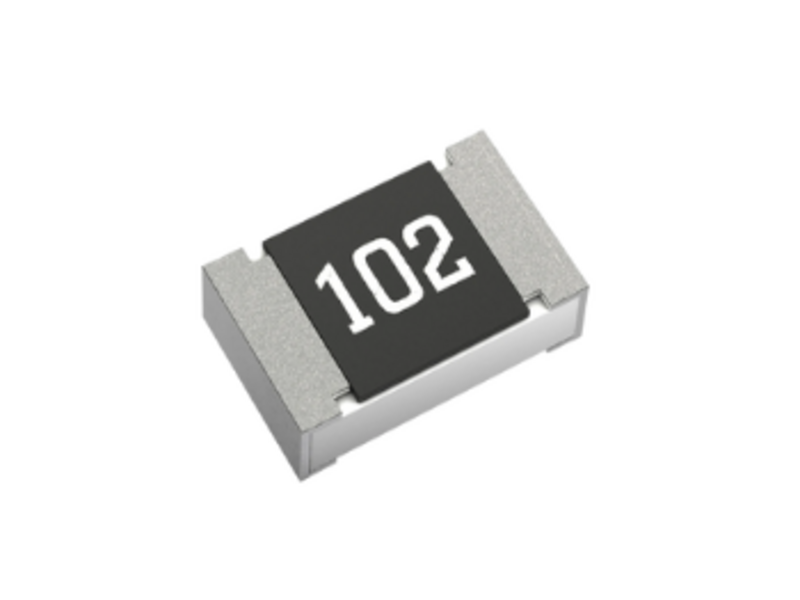
Thin Film SMD Chip Resistor
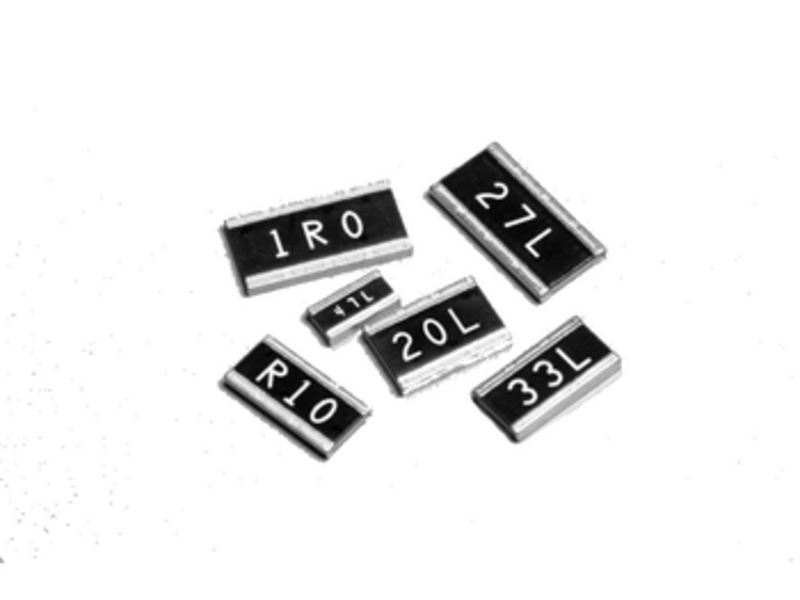
Thick Film Resistors
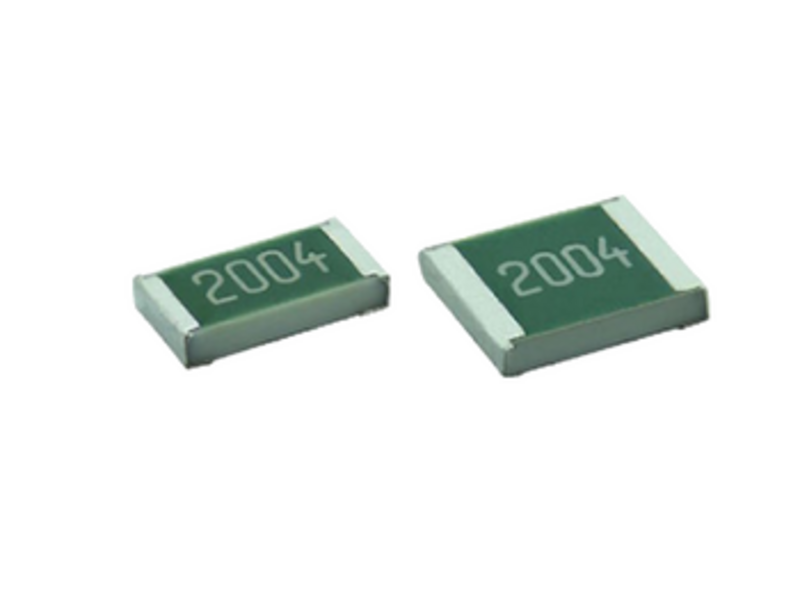
Thin Film Chip Resistors
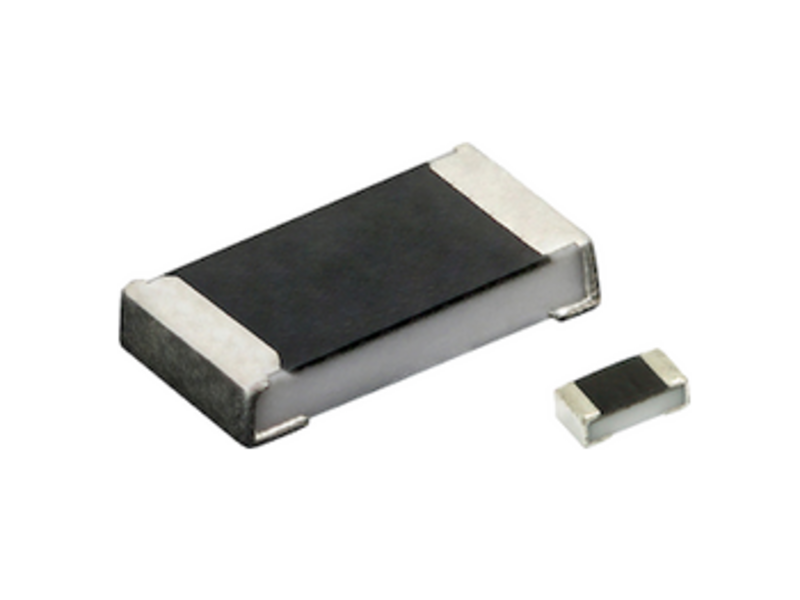
Thick Film Chip Resistors
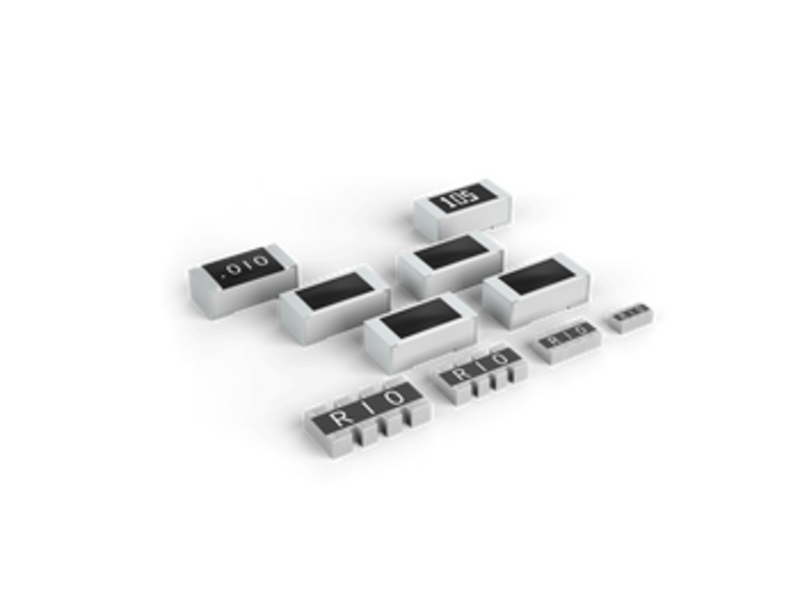
Thick Film Chip Resistors
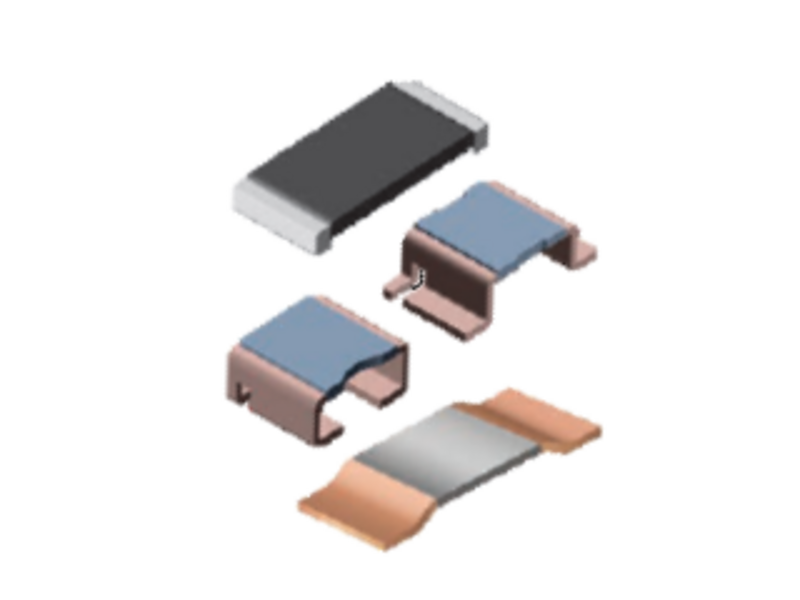
Power Metal Strips
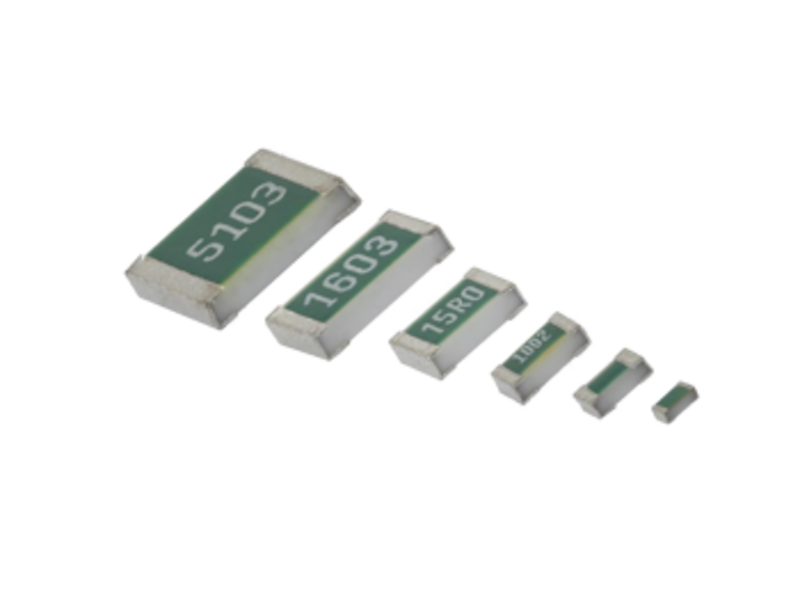
Thin Film Chip Resistors
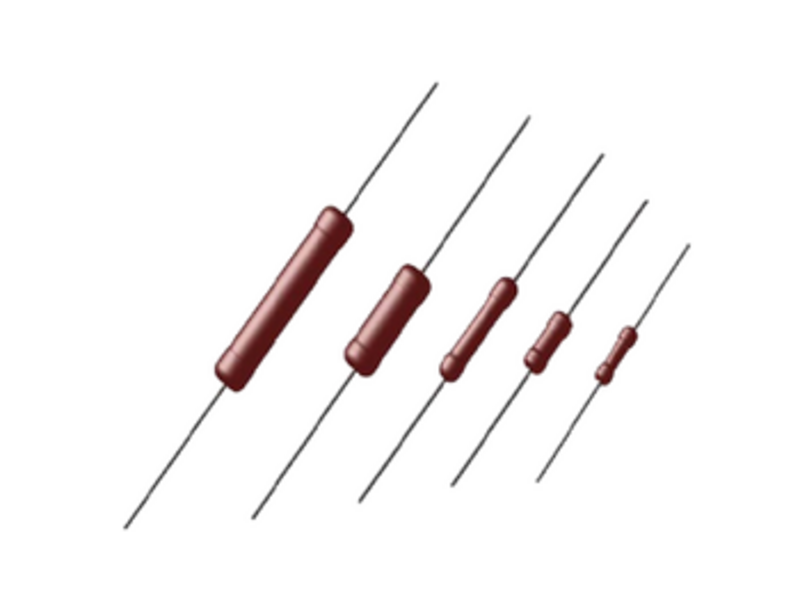
Leaded Wirewound Resistors
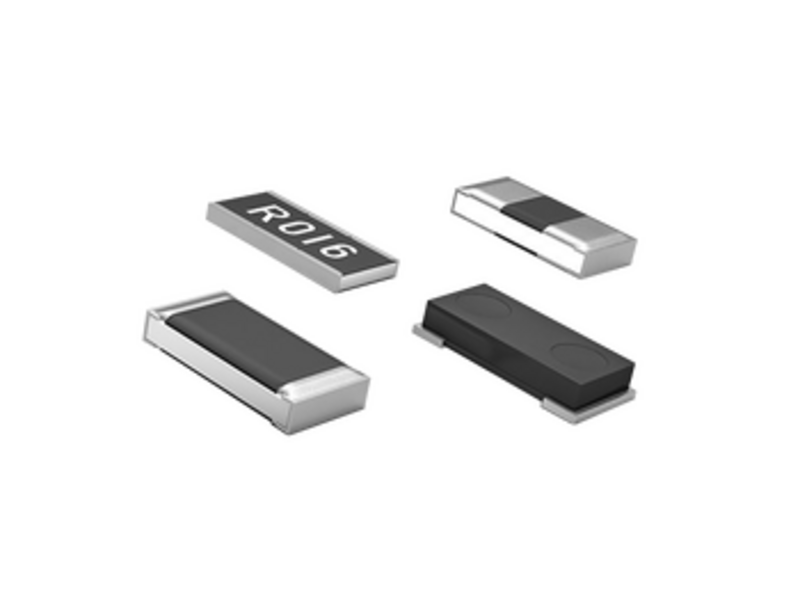
Thick Film SMD Chip Resistors
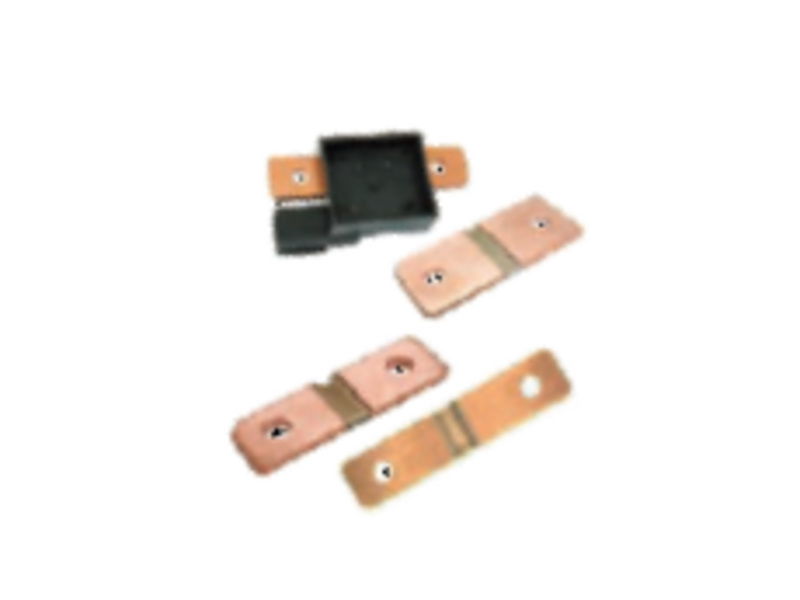
Power Metal Strips
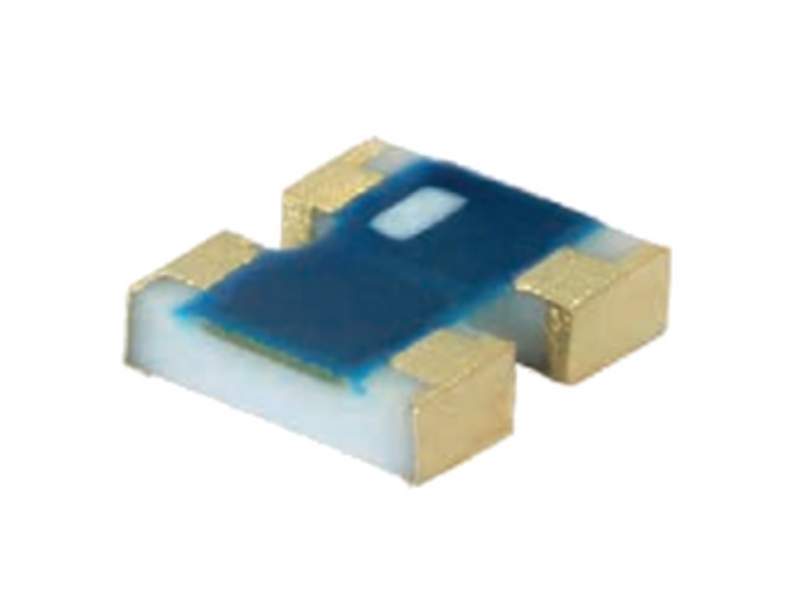
Thin Film Resistor Array
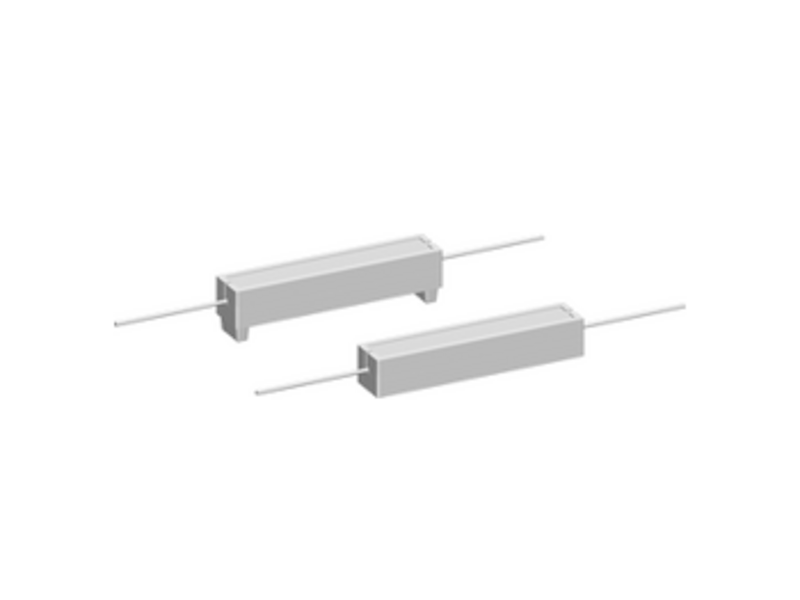
Leaded Wirewound Resistors
Non-linear resistors
Non-linear resistors, i.e. thermistors and varistors have been playing a major role in the history of electrical engineering. Technologically, they are based on intensive research into ceramic materials and the fact that additives and special mixtures can significantly change the electrical and thermal properties of the ceramic material.
PTC thermistors and varistors
PTC (positive temperature coefficient) thermistors perform several functions in electronics – one of them is heating. In motor vehicles for instance, they provide additional heating in heat exchangers, protect wiper nozzles from freezing and prevent diesel fuel from becoming viscous. Their safety properties are particularly important. As PTC heating elements are self-regulating, they cannot overheat like heating wires and cause fires. What’s more, their ceramic material can be made in almost any shape.
As the resistance of PTC thermistors rises with temperature, they are ideal protective components for power supplies. Thermally coupled with power semiconductors, they limit control currents if overheating is imminent and thus protect the entire unit against damage or destruction. They are also used as sensors in a wide variety of designs and complete with terminals, e.g. as limit value sensors for overflow protection of tanks filled with liquids such as fuel or beverages.
Varistors for overvoltage and ESD protection are found throughout electronics and electrical engineering. They protect high-voltage grids just as reliably as automotive electronic networks, telecom equipment and computers. Despite the large quantities of energy that they may have to absorb in an emergency, even heavy-duty varistors can be made in more and more compact designs. Multilayer varistors and integrated products
Thanks to the ongoing development of multilayer ceramic technology, varistors can be made even smaller and new and integrated products can be realized. The evolution of multilayer varistors lead among others to CeraDiodes®, varistor arrays and ESD/ EMI modules. They are used throughout mobile and consumer electronics as well as in data systems. Complete dual PI filters with integrated varistors likewise offer more customer benefits.
NTC thermistors
NTC (negative temperature coefficient) thermistors are virtually unbeatable when it comes to accurate temperature measurement. They are made of ceramic materials whose resistance falls as temperature rises. Depending on the ceramic mixture, the R/T curve is approximately linear across certain temperature ranges, making NTC thermistors ideal for almost every application where temperatures have to be measured or monitored. They measure the operating temperatures of coolant and oil in motor vehicles. They are located in the control unit of the air conditioning system, or alert the driver if the outside temperature drops below freezing. In homes, they regulate and protect refrigerators and cookers. They also help save energy in heating systems. And they prevent destruction of computers and telecom equipment by overheating.
This variety of applications is reflected in the wide range of sensor designs: from SMDs through tiny glass-encapsulated types to variants with screw terminals or special thermistors for tube mounting – nothing is impossible. Today, temperatures ranging from around -55 to +1000 °C can be measured.
NTC thermistors can also limit inrush currents. They protect networks and fuses against high pulses and ensure soft starting for powerful motors and transformers.
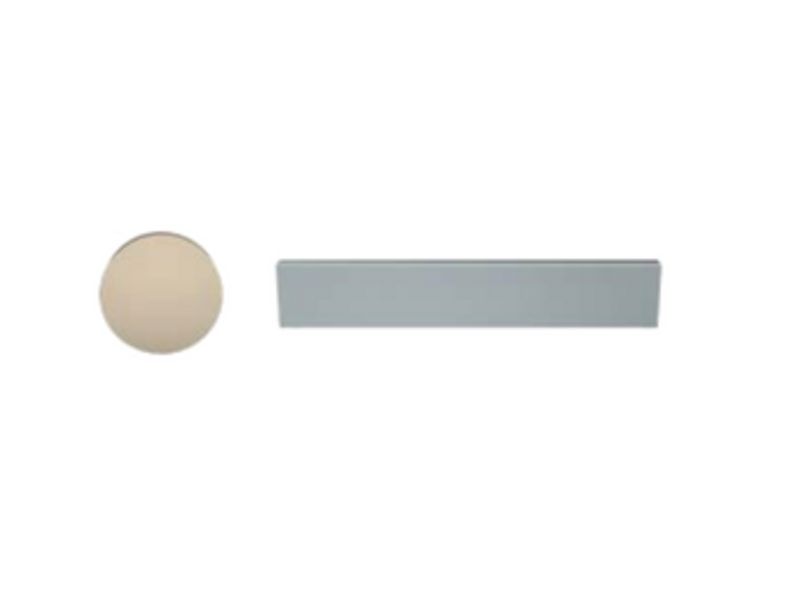
Thanks to the innovative injection molding technology for PTC ceramic, FormFit™ heating elements can be fashioned into virtually any shape or form imaginable such as tubes, nozzles or rotor blades of ventilators.
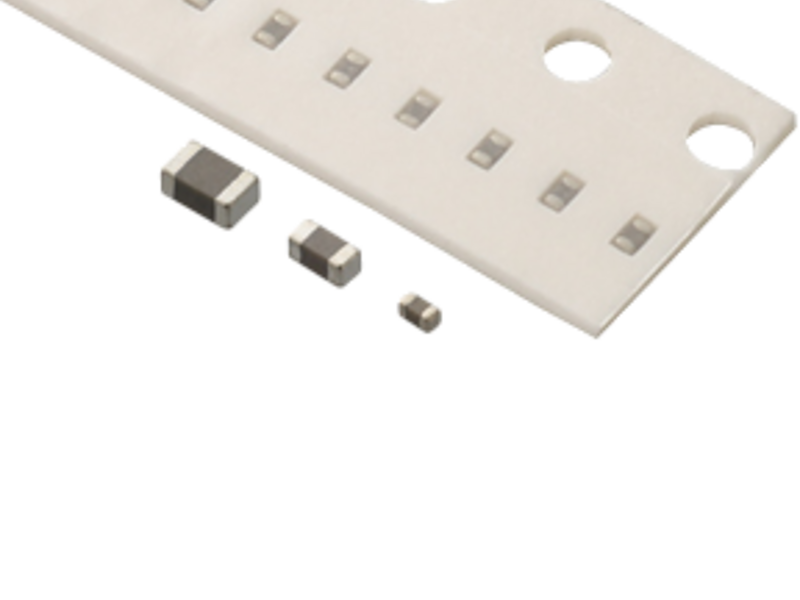
PTC Thermistors
Detecting overheat conditions in battery packs, motors, power devices and other systems. Protect LED lighting devices from overheating by installing a PTC thermistor.
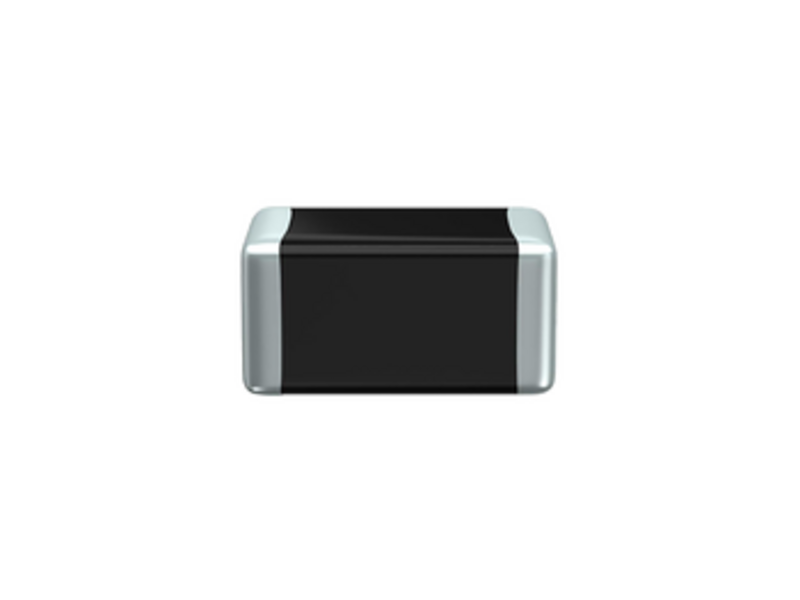
Multilayer varistors such as CeraDiode® protect sensitive high-speed interfaces from harmful electrostatic discharges (ESD)
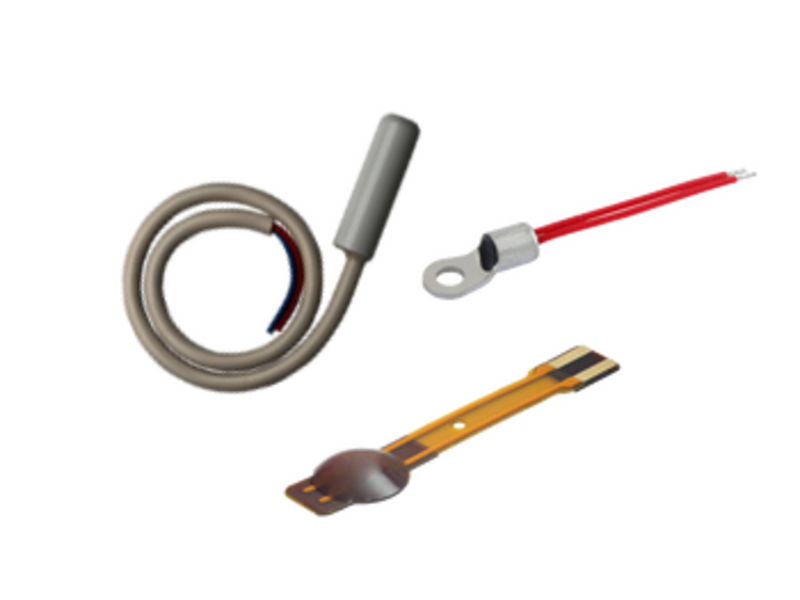
NTC Resistors
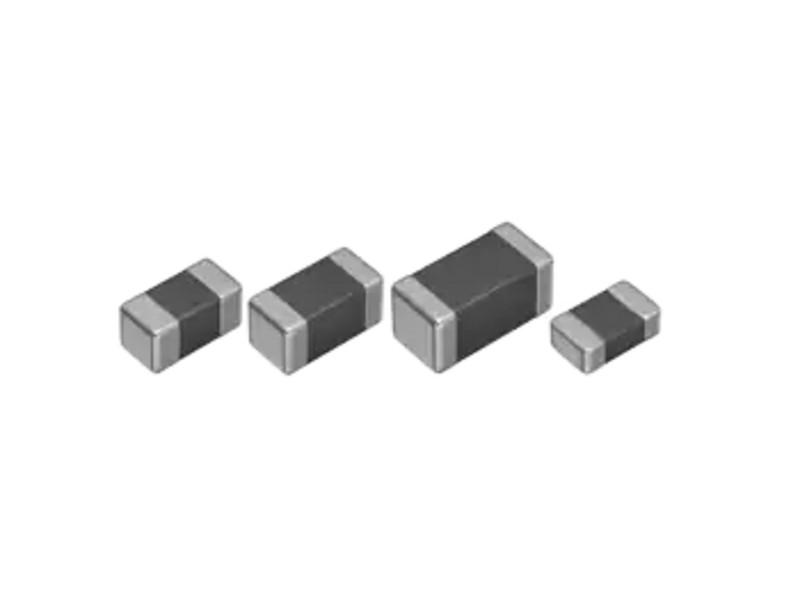
Temperature sensors based on NTC thermistors offer fast response times and high reliability for use in automotive air conditioning systems
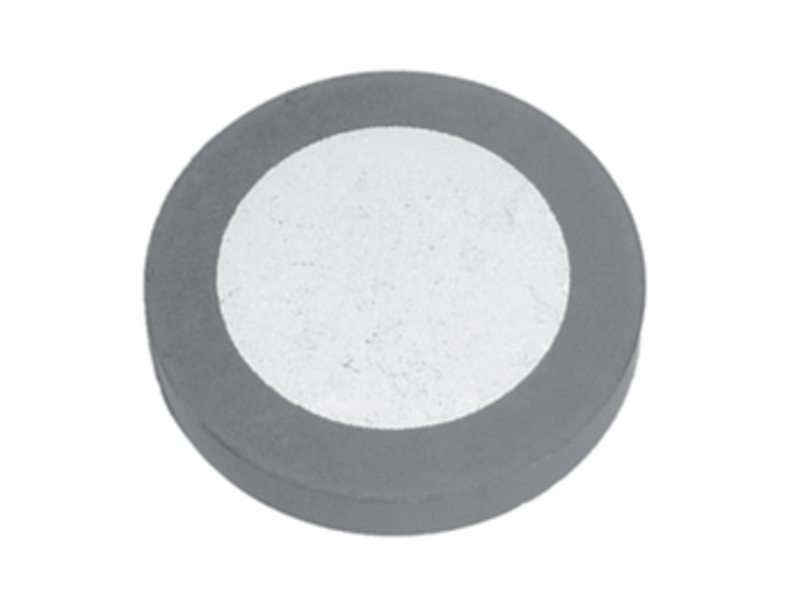
PTC pellet
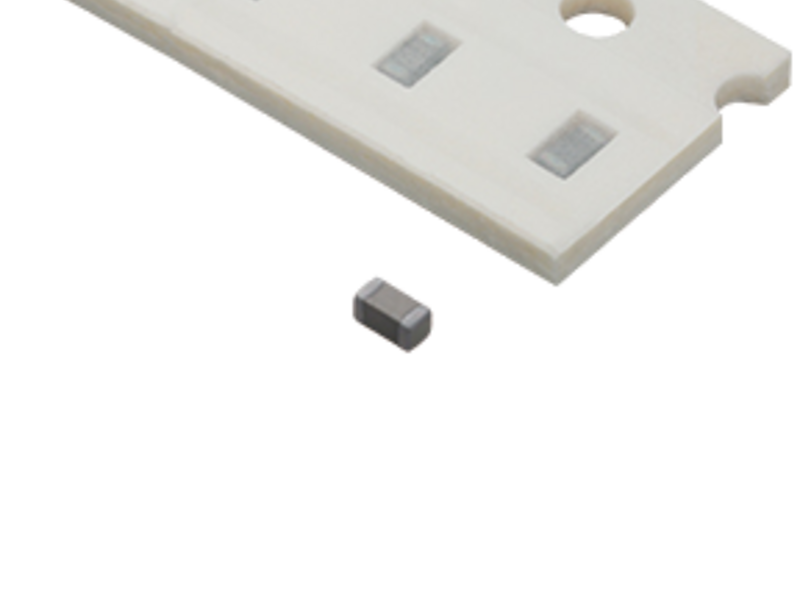
NTC Industry's only conductive glue mountable thermistor.
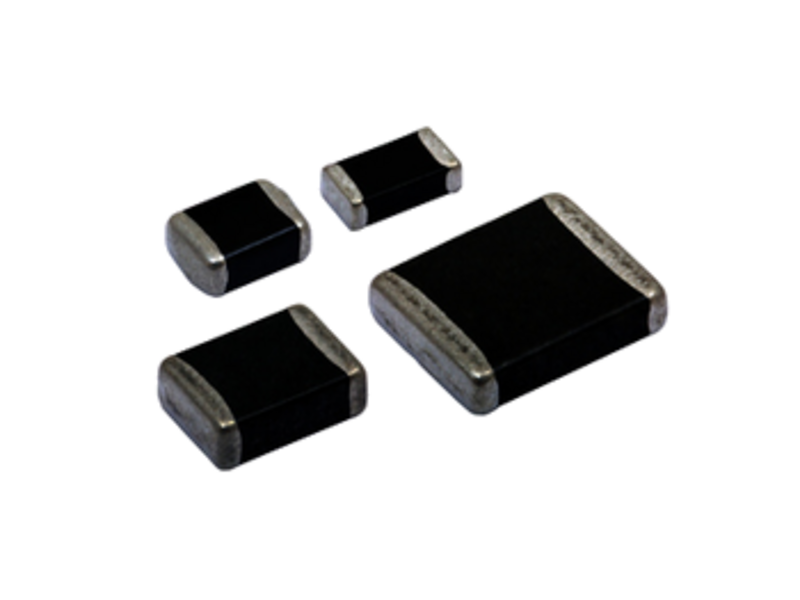
Varistors
Variables resistors
Beside the Non-Linear and Fixed Linear Resistors there are various products offering a variable resistance range, as potentiometers, trimmers or transducers. These products base on various principals which allow by mechanical construction a variable access on a resistive track. This allows a variable resistance of these devices. The resistive can be based on various film or wirewound technologies.
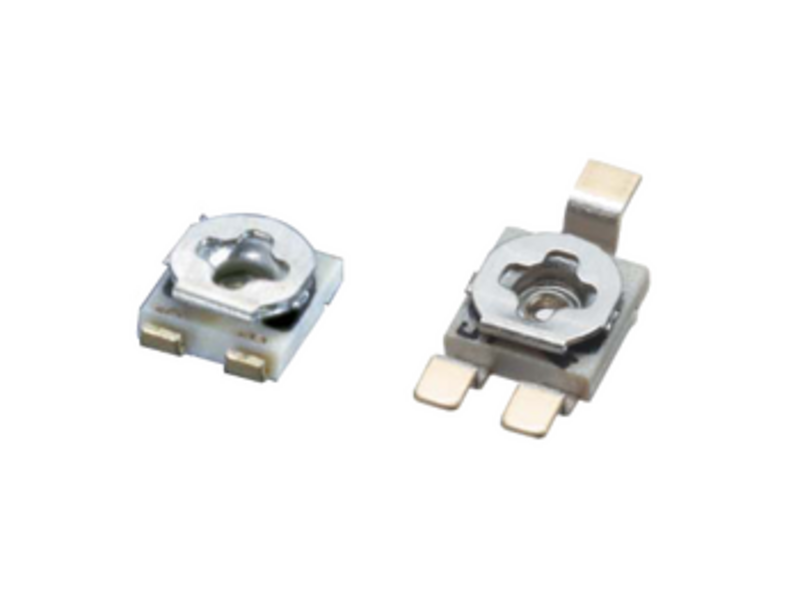
Trimmer Potentiometers allow variable resistance range
